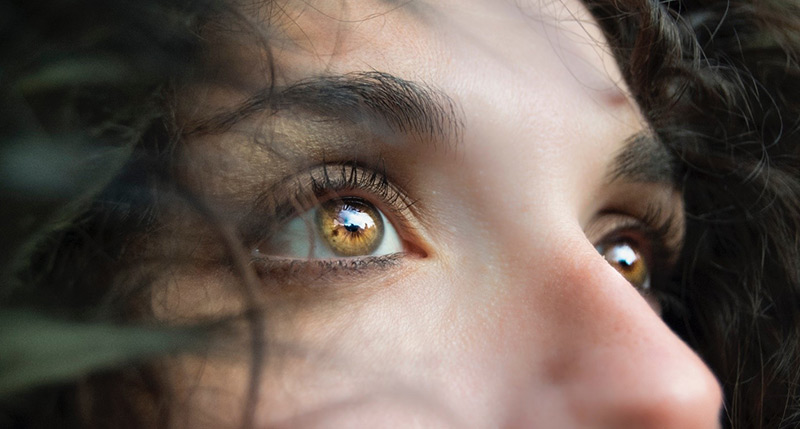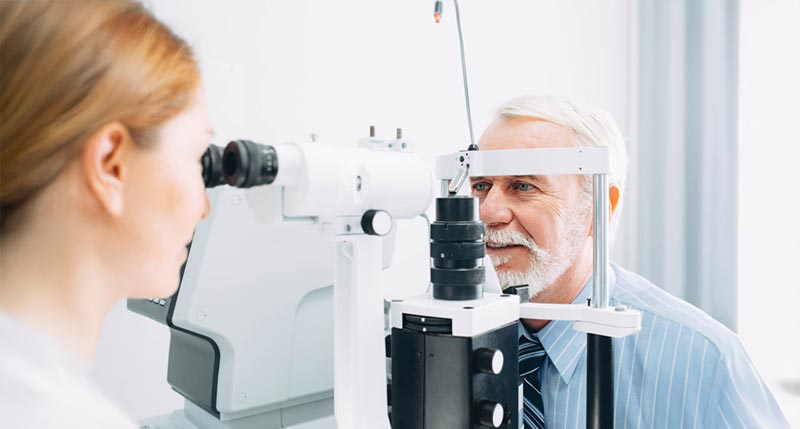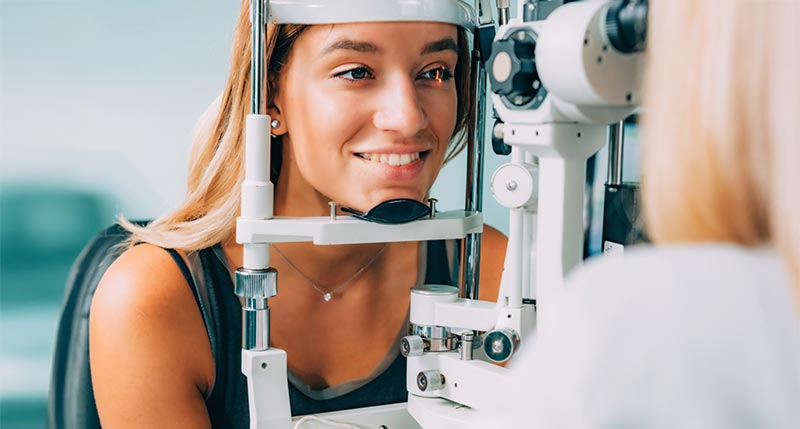You’ve likely heard of Dry Eye disease and the discomfort it can cause. But what is this condition, and who is most likely to suffer from it?
Your eyes require tears to lubricate and nourish the cornea – the front surface of your eye. Tears serve many functions, including lubrication so that the eyelid can smoothly open and close, lowering your risk for eye infections, and washing away dirt or other foreign matter that gets into your eye.
Your tear film is, therefore, a critical aspect of eye health. If you don’t produce adequate tears or the tears aren’t of good enough quality, Dry Eye disease can occur.
July is National Dry Eye Awareness month, an ideal time to explore this multifaceted eye condition that affects an estimated 25 million people in the United States.
What factors lead to Dry Eye?
Two essential factors play a role in Dry Eye disease:
- Not enough tears. The glands around your eyelids produce tears, and like many biological functions, tear production sometimes diminishes with age, or sometimes diminishes due to side effects of pharmaceuticals or a medical condition you may have. The weather—particularly in windy or dry climates—may also play a role if it causes tear evaporation to increase. In some cases, tears flow too quickly into the small ducts at the inner corner of your eyelids, draining out more quickly than they should. If the balance of tears is impacted either by inadequate tear volume production or an increase of tear evaporation, Dry Eye disease symptoms may occur.
- Low quality of tears. You probably don’t think too much about what’s in your tears, but your vital tear film is composed of three layers: oil, water and mucus. Each of the three components plays a role in nourishing and protecting the front of your eye, and each of the layers is secreted by different glands in and around your eye and eyelid. If there’s not enough water in your tears, or if the oily layer isn’t sufficient to keep that watery layer from evaporating, or if the mucus layer doesn’t spread the tears across the eye effectively, the cornea can become uncomfortably dry.
The most common reason for Dry Eye symptoms to appear is when the layer of water in your tears isn’t adequate.
What are the symptoms of Dry Eye?
You’ve likely experienced itchy, irritated, scratchy or burning eyes at some point in your life—whether it was due to an allergy or having foreign matter in your eye. It can be incredibly uncomfortable, can’t it?
People with Dry Eye experience that feeling often, but no allergy medication or removal of foreign matter solves the problem for them.
The reason Dry Eye symptoms are so uncomfortable is that the tissues of the eye need to stay moist. When those tissues dry out, it can lead to complications—comparable to how it feels when your lips dry out and crack. Except worse, because it impacts your visual acuity.
Many Dry Eye patients complain of blurred vision, which makes sense because when the eyes’ tear film breaks down, you can’t see through it clearly. To understand why, think of how it looks when your car’s windshield is dirty—it’s hard to see through. And if your windshield is dry and dirty and then you apply your windshield wipers (which is essentially the role of your eyelids in this analogy), it just smears more, and visibility gets even worse, right? That’s the issue with Dry Eye.
Sometimes Dry Eye patients experience an excessive watering of the eyes. In advanced cases, the eye becomes so dry and irritated that the cornea can become damaged and impair vision permanently.
What causes Dry Eye?
Multiple factors must work together to create a stable, healthy tear film that protects the eye:
- Age is a factor. Because lower tear production occurs as we age, most people over age 65 will have some degree of Dry Eye symptoms, but the disease can begin at a much younger age.
- Gender. Women exhibit more Dry Eye symptoms than men, likely due to hormonal fluctuations throughout their lives as a result of oral contraceptive use, pregnancy and menopause.
- Meibomian Gland Dysfunction. The meibomian glands, located in both the upper and lower eyelids, secrete oils that keep tears from evaporating too quickly. When they are blocked or aren’t functioning correctly, Dry Eye symptoms appear.
- Medical conditions. Dry Eye symptoms increase in patients diagnosed with diabetes, rheumatoid arthritis and thyroid issues. Those who have had eye surgeries, including LASIK or cataract surgery, can have a decreased tear production also.
- Medications. Pharmaceuticals including decongestants, antihistamines, antidepressants and blood pressure medications can lower tear production and cause Dry Eye symptoms.
- Environmental factors. Dry, windy climates can impact your eyes’ tear film, as can exposure to smoke and staring at computer and phone screens for much of the day.
If you suffer discomfort from Dry Eye and feel compelled to scratch your eyes or use lubricating eye drops throughout the day, talk with your optometrist about your symptoms at your next annual comprehensive eye exam.





